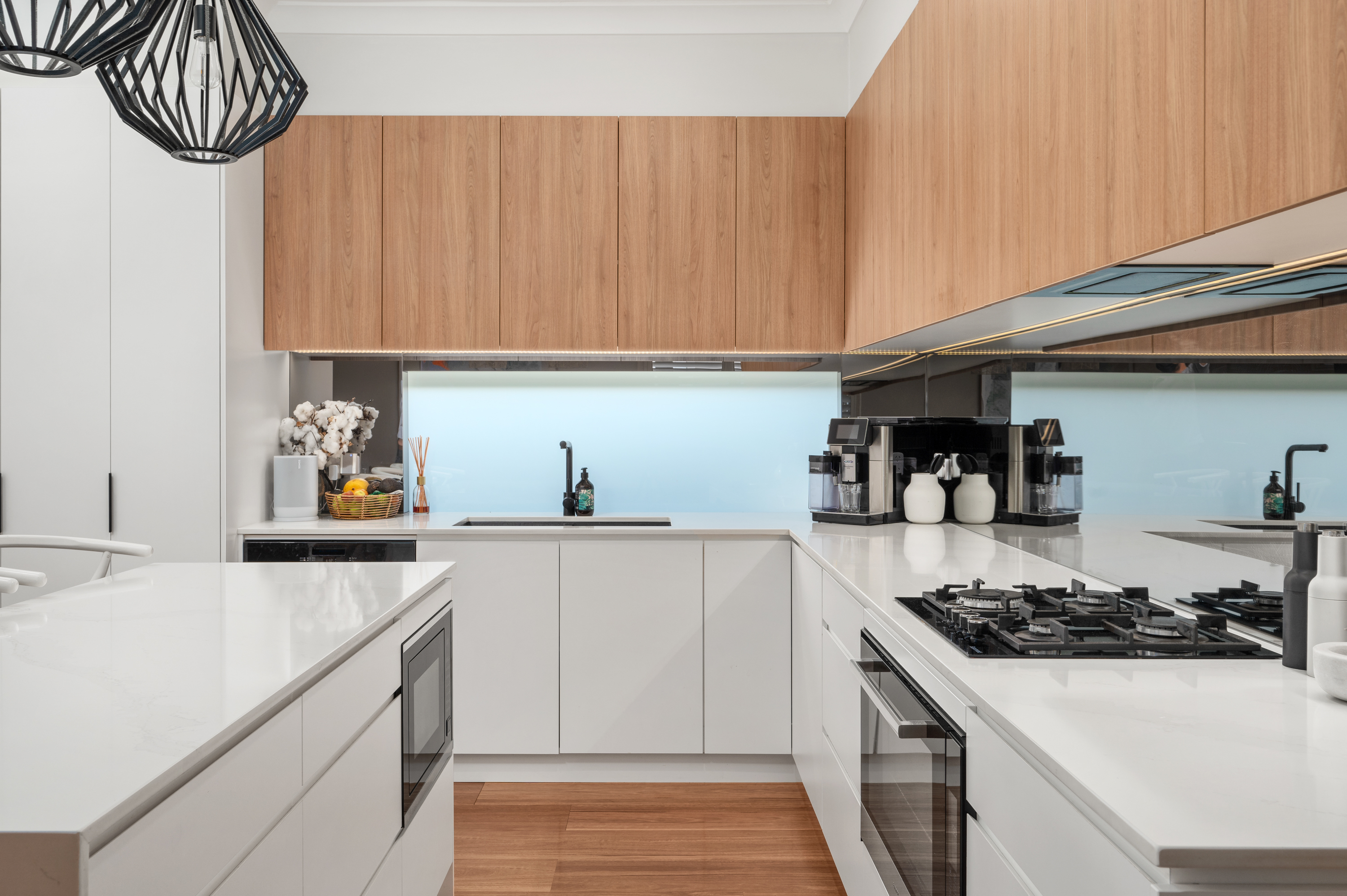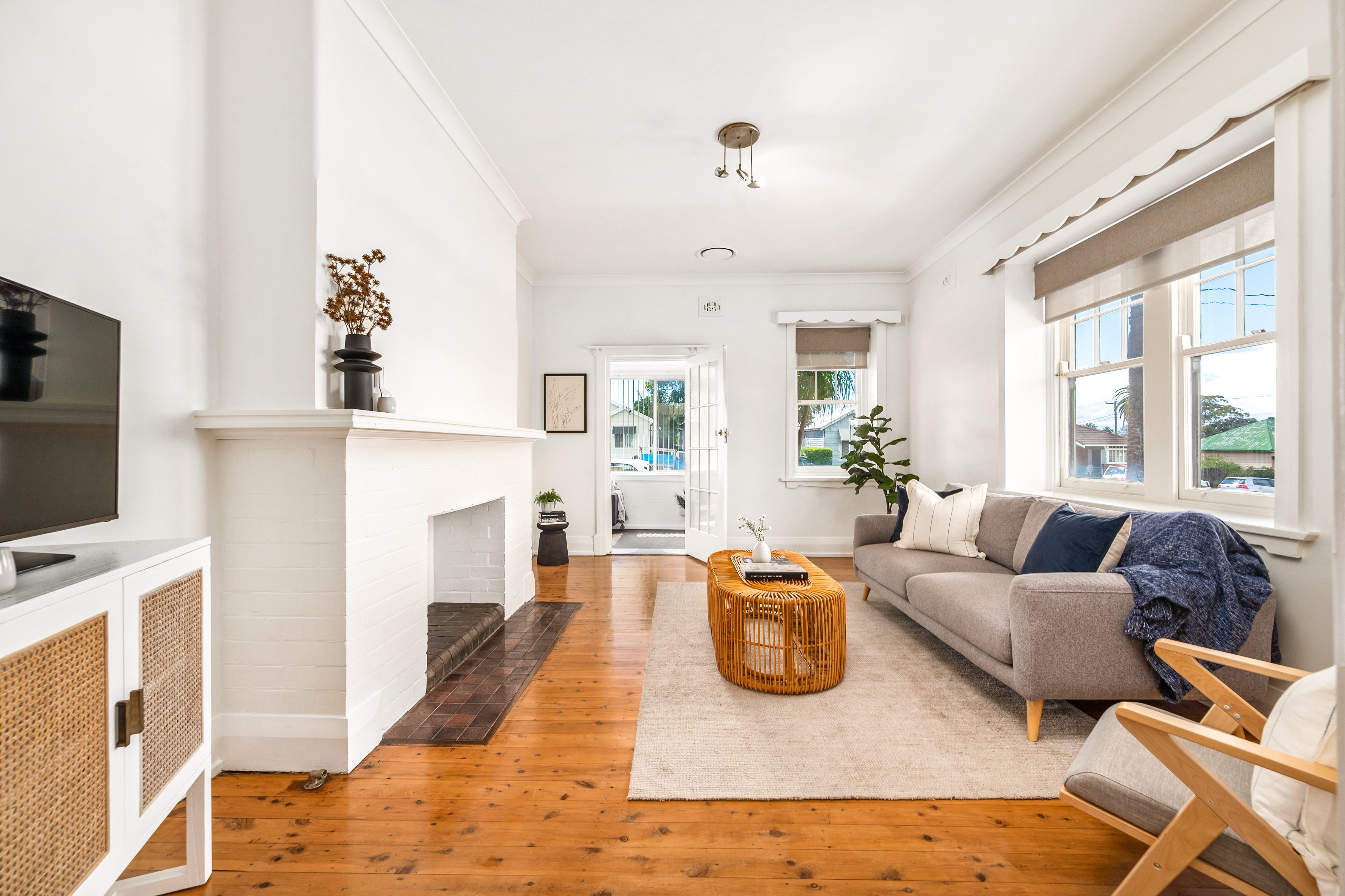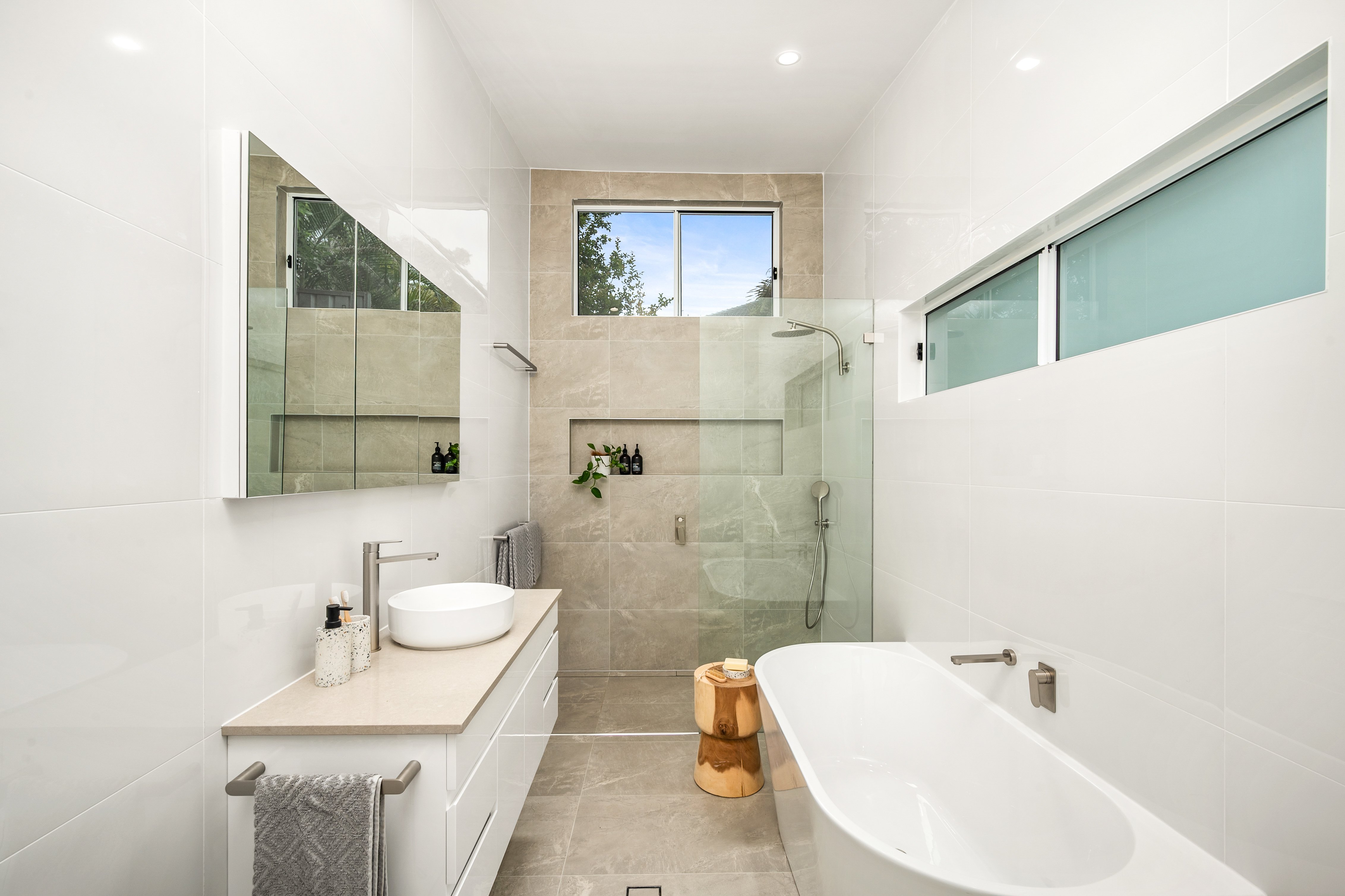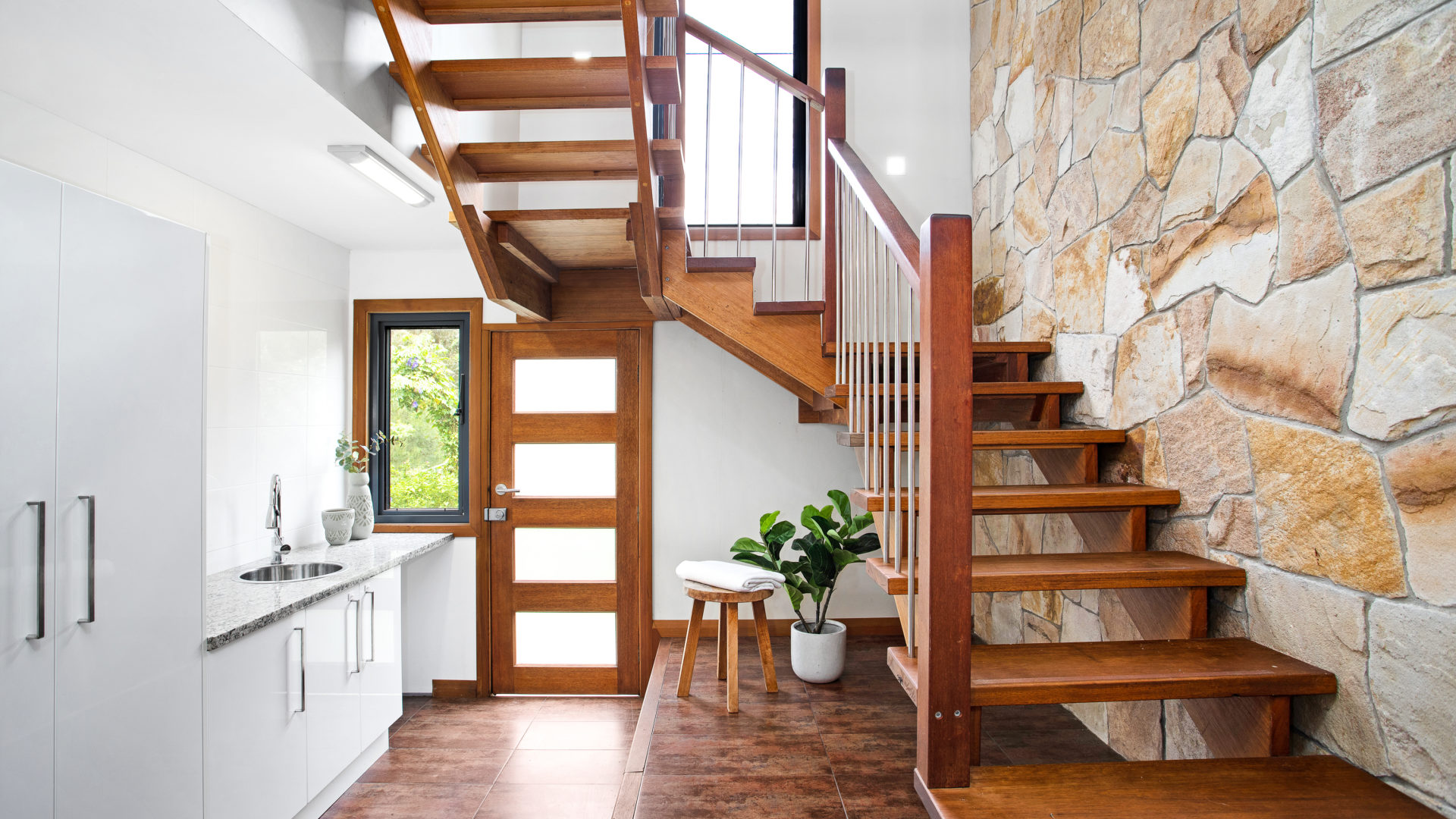This is our last update for the year as we race towards Christmas. For many, this year has been a time of turbulence; a year of changing priorities and shifting fortunes. We are sure it will be remembered as the year of lockdowns, vaccinations and house prices.
These things of course are no doubt linked. People sitting around in their homes wanting something bigger or dreaming of moving elsewhere. Perhaps to another part of the state? They’ve been watching others around them getting amazing prices and thought 2021 could be the year to make things happen.
Looking at the most recent data by Core Logic on November 1, Australian housing values rose 1.49% in October, slightly down on the 1.51% recorded in September. The pace of monthly growth has slowed very slightly each month from its peak of 2.8% in March. When you add all these monthly rises together it ends up being a pretty substantial gain.
The strongest housing market over the last year has been in Sydney. Prices have risen by 30.4% over the last 12 months. In fact, every capital city has grown by at least 15% during this time. The average house price increase across our combined capital cities has been 24%. Unit prices have not performed as well with an average increase of 11.8% during this same time period.
What is more interesting is the comparison between capital cities and regional areas. Usually, city prices grow faster than those in the country. But not this year. House price growth across all of Australia’s regional areas was 24.6% seeing it outpace our big cities (though only just).
This shouldn’t be a major surprise. Covid-19 has allowed many to work from home, meaning they are no longer tied to a physical office in a big city.


Not surprisingly, the stronger regional areas were big cities and towns within a two-hour drive from the nearest capital. Whilst Newcastle was a strong performer during this period with growth rates at 29%, it was not the best.
That title went to the Sunshine Coast where house prices increased by 35% over the last 12 months. This was closely followed by our own Lake Macquarie (31%), the Bass Coast in Victoria (30%) and then the Gold Coast (29%)
More impressive even still was the Byron Bay LGA where prices increased by a whopping 40%. The median house price there is now a $1,616,506.
In hindsight, it was pretty easy to see that prices were likely to go up. A smaller than average number of properties for sale, low interest rates, inability to spend on travel and life’s other pleasures certainly helped. As did the huge amount of borrowed stimulus from the government. What is trickier to foresee is what lies ahead when we look towards 2022.
There seems to be a consensus among the nations economists that the market has finally started to slow. Many predicting that prices will continue to slow into the new year, peaking by mid 2022. This seems a fair analysis to us.


One of the big things we are seeing on the ground (and the data suggest across the country), is the number of listings coming onto the market. In Sydney, new listings have surged by 47 per cent over the last month.
We don’t have concrete numbers for our Newcastle market, but we’d expect that the numbers would be broadly similar. We had our busiest listing month ever in October. In talking to our sellers, many thought now was the time, the majority thinking prices were unlikely to get any better. Time will tell whether this proves to be the case. More listings give buyers more options and helps to alleviate some pressure on prices.
The other factor that is likely to impact next year is future increases in interest rates and serviceability requirements. It’s been years since there has been any focus on interest rates, but this could well change in 2022.
Higher interest rates generally correspond with less growth in housing values or the commencement of a downturn. With household debt near record highs, borrowers are likely to be more sensitive than normal to the cost of debt. A rise in interest rates could be a cue for the housing market moving into a downswing.
All of this makes us confident in predicting that the market won’t be growing another 30% next year. It’s not all bad news though! Hopefully lockdowns are a thing of the past (well, we certainly hope so!). Consumer confidence is likely to be high next year and we are confident migration will continue to increase our local population. Even though experts seem to think prices will peak in the months ahead, they have been very wrong in the past.

